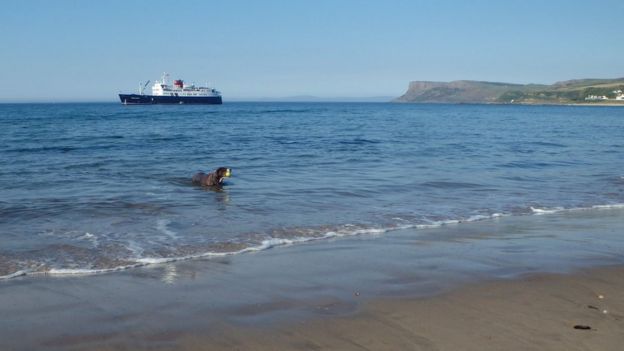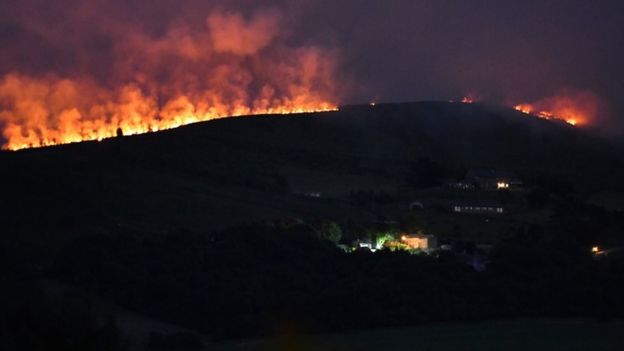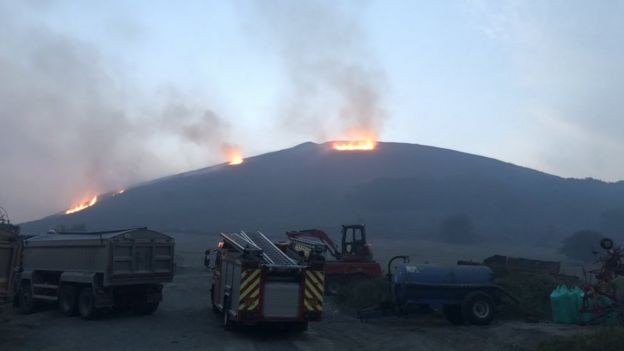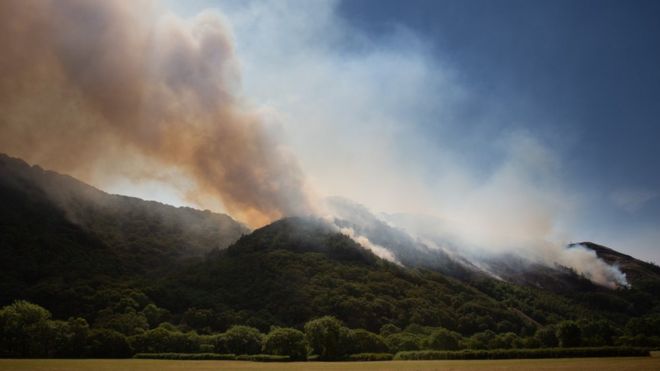Storm Callum, the third named storm to hit the UK, was enhanced by Hurricane Leslie which has been churning in the Atlantic for the last three weeks, as it interacted with a strong depression in the Atlantic and as a result boosted the amount of warm air. As members know warm air contains a lot of moisture and boy, did we get it. In the 48 hours from 0800 BST on Friday to 0800 BST on Sunday we received 53mm of rain (around two inches) or a month’s worth. This as a result saw our local river surge to a height of 102cm (3 feet 4 inches) or some 50cm (20 inches) above flood stage, but although we did not have much in the way of flooding other parts of Ceredigion were less lucky with the towns of Lampeter and Aberaeron receiving damage from floods (including up to nine boats critically damaged in Aberaeron harbour and the main supermarket in Lampeter being flooded).








